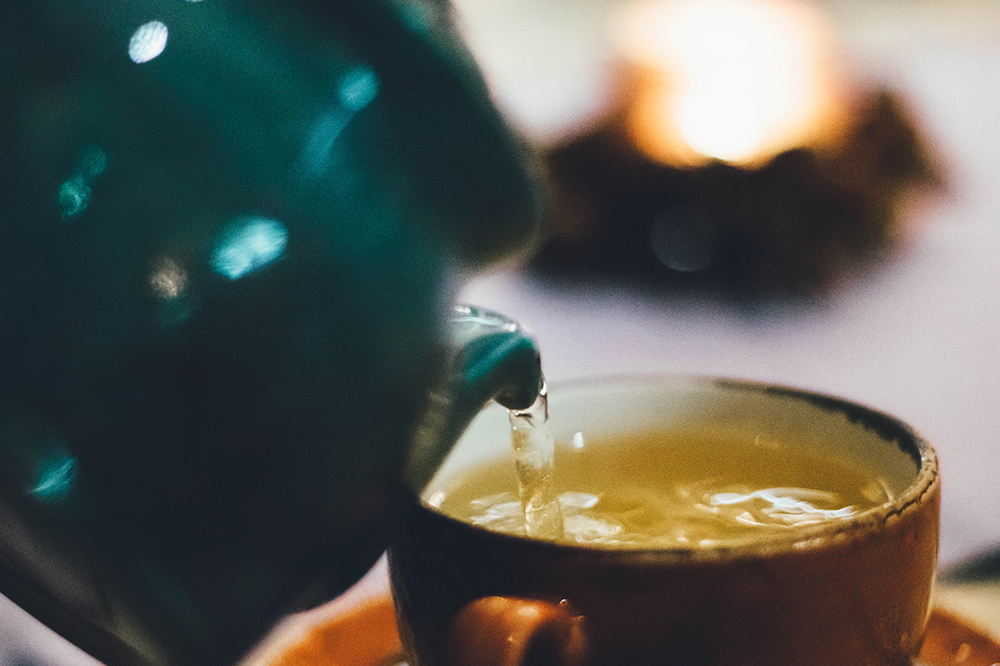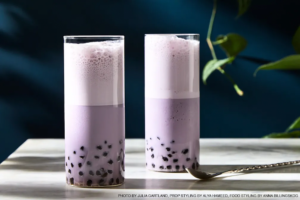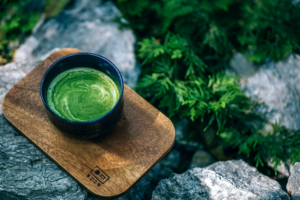Green tea and black tea are two popular types of tea that differ in their processing methods and characteristics. Here are the primary differences between green tea and black tea
What’s the process?
Green tea is minimally processed. After the tea leaves are harvested, they are typically quickly steamed or pan-fired to halt oxidation. This process helps retain the natural green color of the leaves and preserves their natural antioxidants. Black tea, on the other hand, undergoes a more extensive oxidation process. The tea leaves are fully oxidized, which gives them their characteristic dark color and robust flavor.
What’s the flavour?
Green tea has a lighter and more delicate flavor compared to black tea. It often exhibits grassy, vegetal, or slightly floral notes. The flavor profile can vary depending on the specific type of green tea, such as Japanese green teas (like Sencha or Matcha) or Chinese green teas (like Dragon Well or Jasmine tea). Black tea has a stronger and bolder flavour. It can range from malty and earthy to sweet and fruity, depending on the variety and origin.
Health Benefits
Both green tea and black tea offer health benefits, but they contain different types and amounts of antioxidants due to their varying processing methods. Green tea is particularly known for its high levels of catechins, which are potent antioxidants linked to various health benefits, such as reducing the risk of chronic diseases and aiding in weight management. Black tea, on the other hand, contains theaflavins and thearubigins, which are antioxidants that have been associated with cardiovascular health benefits.
It’s important to note that these differences are generalisations, and there is a wide variety of green and black teas available, each with its own unique characteristics. Exploring different types and varieties of teas can help you discover the flavours and health benefits that suit your preferences and needs.
Conclusion
In conclusion, green tea and black tea are two distinct types of tea with differences in processing, flavour, caffeine content, and health benefits. Green tea undergoes minimal processing, preserving its natural green colour and delicate flavours, while black tea is fully oxidized, resulting in a darker colour and stronger taste.
Green tea is often characterised by its grassy or floral notes, while black tea offers a bolder and more robust flavour profile. Green tea tends to have lower caffeine content compared to black tea, although individual variations exist. Both types of tea provide health benefits, but their antioxidant composition differs due to their distinct processing methods.
Green tea is known for its high levels of catechins, while black tea contains theaflavins and thearubigins. Ultimately, personal preference plays a significant role in determining which tea appeals to individual tastes and health goals.
Exploring the diverse range of green and black teas available can offer a delightful and enriching tea-drinking experience.





